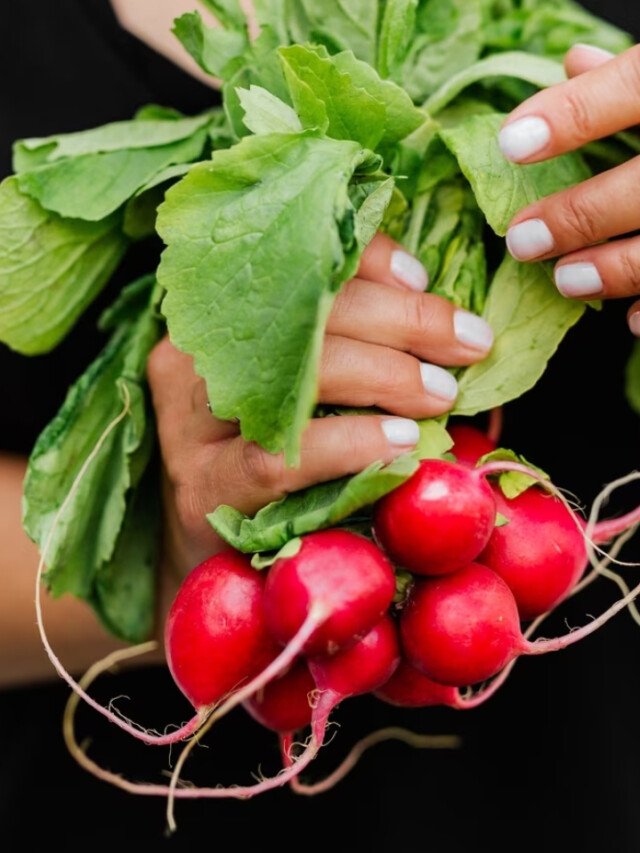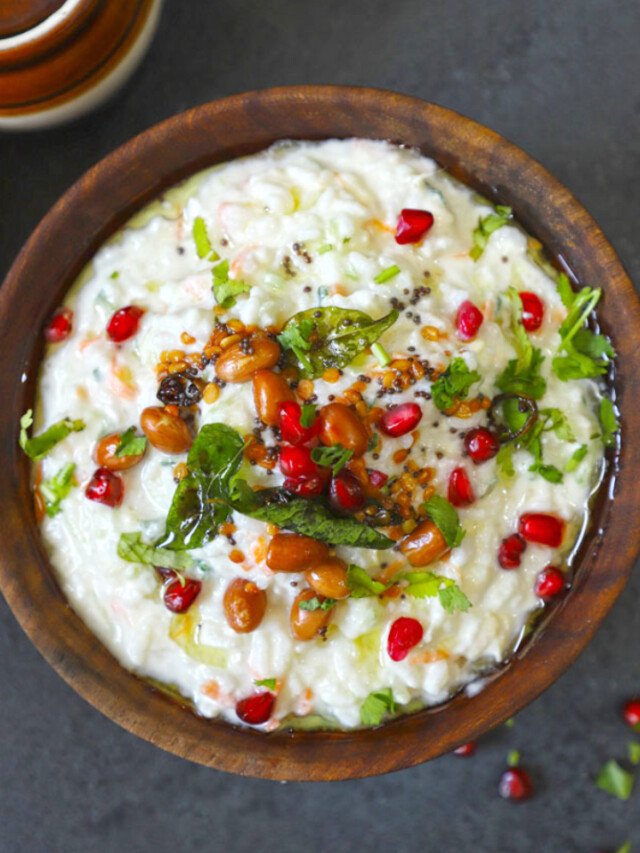By: Chandan Kumar Duarah
Joyram Das, a poor Indian farmer of Rani village in Kamrup district of Assam, collected a few kilograms of Swarna Sub-1 (SS-1) rice seeds very carefully. Farmers call it ‘Kothia’ to be used as seed for next cultivation season that usually starts from April-May. He had a good harvest in the last few years. Despite a devastating flood, this particular variety yielded a production of 4 tonnes per hectare. SS-1 variety of rice can survive for more than 15 days under water. A flood-affected farmer, Joyram, now prefers SS-1 to any other variety and hopes for an even higher yield the next season.
Flood-hit farmers have successfully harvested from the submergence-resistant Suvarna Sub-1(SS-1) variety paddy in 2013. In 2009 for the first time farmers of the state had harvested the water-resistant variety SS-1 in the flood prone areas. The successful experimentation with SS-1 encouraged the Agriculture Department to promote the production of the variety on a wider scale since that year. Scientists, working with drought and water submergence resistant properties, feel those should be instilled in other popular rice varieties in India like Sambha Masuri, IR-64 etc. The Indian Agricultural Research (ICAR) along with Manila-based International Rice Research Institute (IRRI) is planning to come out with upgraded version of SS-1. The IRRI had released the seed ‘Suvarna Sub-1’ developed by India in six countries that include Bangladesh, Nepal, Cambodia and Myanmar. SS-1 was introduced among flood-hit farmers in Assam for the first time in 2013. While other seed varieties were totally damaged in the flood, the Swarna Sub-1 withstood the vagaries of flood and excessive rainfall. ‘Suvarna Sub-1’ (Swarna Submergence-1) or S S-1 variety of rice is an updated version of India’s popular rice variety ‘Swarna’ (gold)–a flood-tolerant hybrid rice that improves yields in India by almost half has been found to benefit marginalised people living in flood-prone areas.
It yields up to 3 to 3.5 tonnes per hectare when submerged, which can go upto 6 tonnes in normal conditions. Swarna Sub-1 was developed by International Rice Research Institution (IRRI, the Philippines) and the Indian Council of Agricultural Research (IIAR) under a collaborative programme and has become one of the most sought after seed varieties in the region over a period of three years.
It was introduced in India for the first time in Andhra Pradesh in 2009. Since late 2009, the seed is being provided to randomly-selected farmers in Odisha’s coastal districts, which are mainly rain-fed lowlands and prone to floods. It has become favourite of farmers of Odisha and other flood-hit states. Suvarna as a rice seed variety has been quite popular in India for many years mainly in Andhra Pradesh, Karnataka and Tamilnadu. It is not that this efficient diver variety was developed over night. It was after almost 10 years of extensive research that Swarna Sub-1 variety was developed and has come as a boon to thousands of flood-hit cultivators who would otherwise throw in the towel and desperately await the meager amount of government relief materials.
Climate change not only pushes farmers in Brahmaputra basin to adopt new varieties of crops that can resist vagaries of weather but also compels agro-scientists to merge into research works to invent modified better varieties, specially rice.
Fortunately, Assam has also developed a new variety independently. The Regional Agricultural Research Station (RARS) of Assam Agricultural University at Titabor developed a submergence resistant gene in rice variety of Ranjit recently which brings good harvest to flood-hit farmers offering great relief to them. RARS is a research institute of Assam Agriculture University in Jorhat and has been devoting for better scientific cultivation and production for years. Since flooding is one of the major hazards of rice cultivation in Brahmaputra basin areas, tolerant varieties are urgently needed to help protect the farmers from submergence. So as a result of this urgency, the research works to develop new better varieties became a compulsion for the scientists from Assam, a highly climate change effected state of India. Ultimately our scientists have developed the new variety of the rice last year after a three years research. Scientists of RARS under leadership of Dr. Tomijuddin Ahmed, the Chief Scientist of the RARS had started their work during 2010 for the introgression of submergence tolerance gene in the rice variety Ranjit and finally developed the new species.
Ranjit, a high yielding rice variety developed by Assam Agricultural University (AAU) has shown 66 per cent increase in productivity. Technology Showcasing Programme on Seed Production of crops was undertaken recently in five villages of Assam in and around Khetri and Kamrup districts.
Hemchandra Saikia, a subject matter specialist in Agricultural Economics revealed that Krishi Vigyan Kendra in Kamrup intervened by providing quality seed of Ranjit along with recommended doses of fertilizers and required technical helps in the form of advices and training to villagers of Deulguri, Chitalpur, Khaloibari, Nogaon and Bhadarkuchi and the result was an increase of 65.86 per cent in productivity. The gross return increases by 148.79 per cent over the previous level of productivity and gross return (before the intervention of the Krishi Vigyan Kendra’s programme).
The low-lying flood-prone areas tend to be more heavily occupied by people belonging to socially disadvantaged groups. So, a policy-relevant implication of the findings is that flood-tolerant rice can deliver both efficiency gains, through reduced yield variability and higher expected yield, and equity gains in disproportionately benefiting the most marginal group of farmers.
Since flooding is one of the major hazards of rice cultivation in Brahmaputra basin areas, tolerant varieties seeds or ‘Kathia’ are urgently needed to help protect the farmers from submergence.








